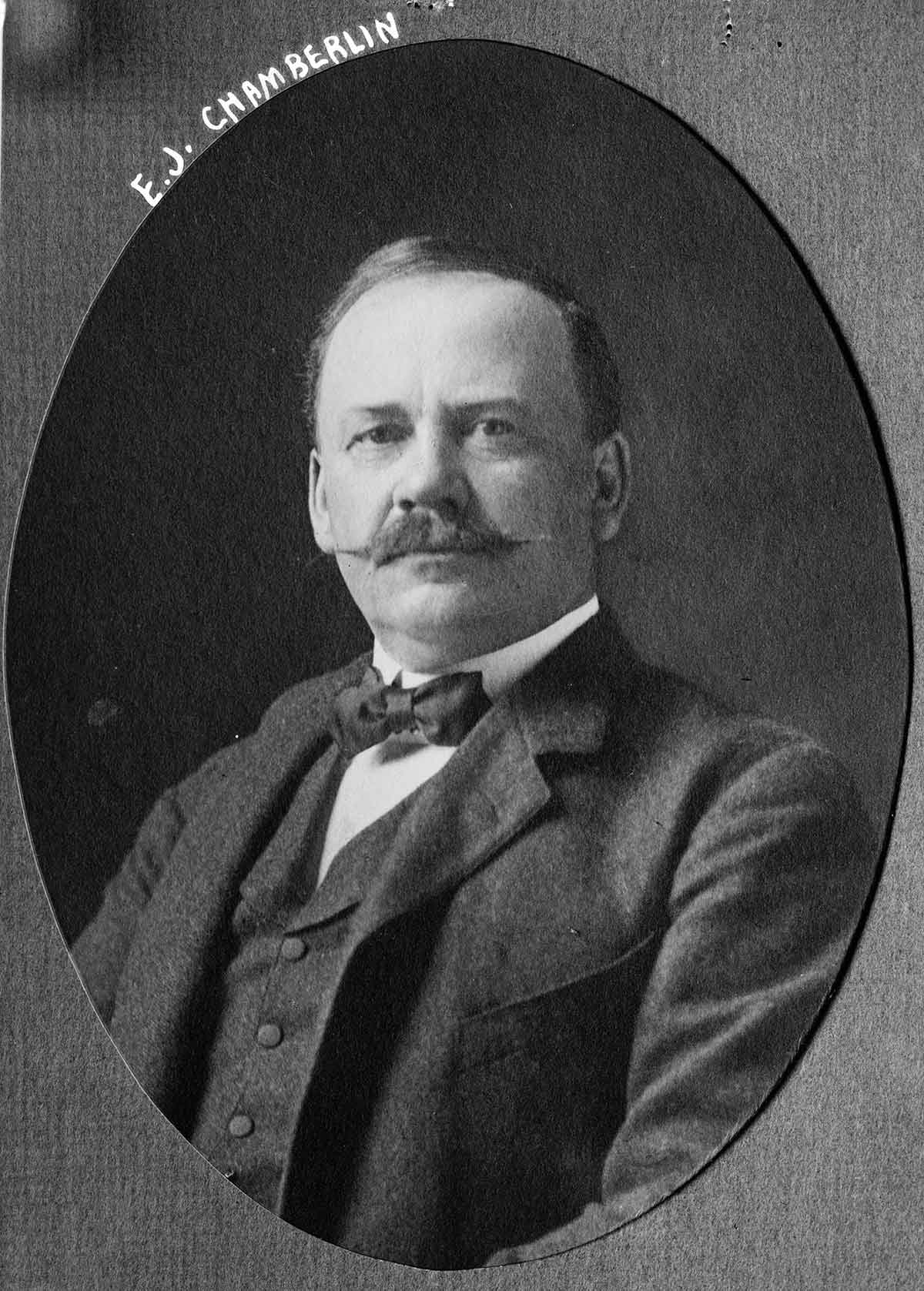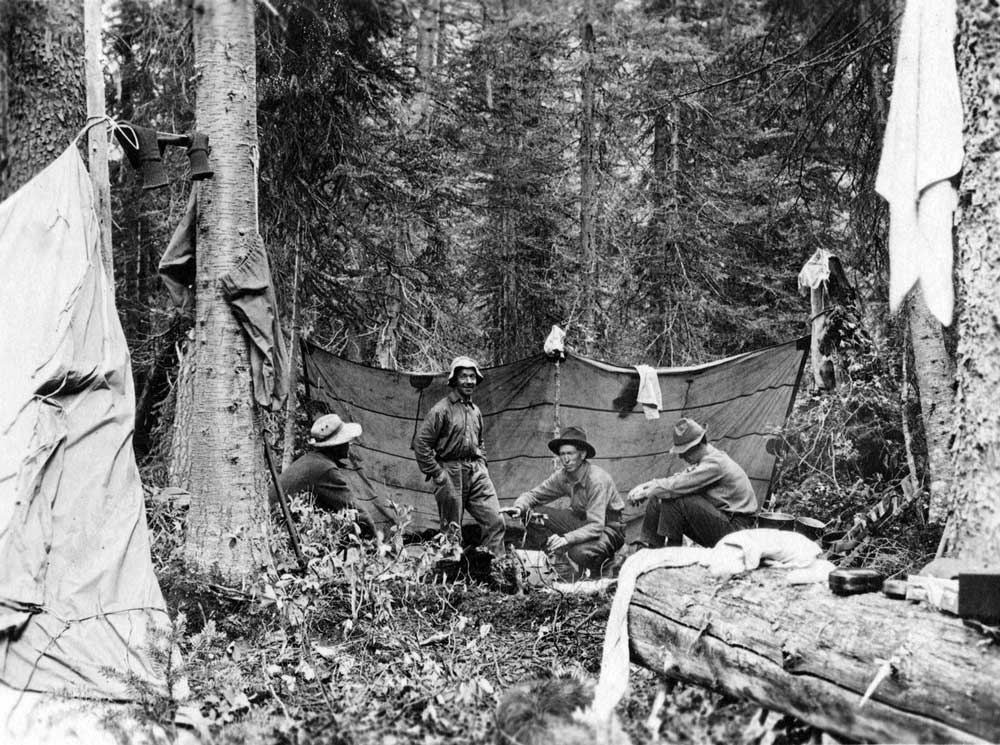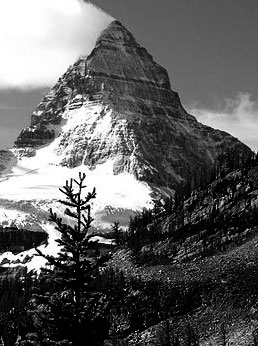E side of North Thompson River, N of Mud Lake
52.3333 N 119.0833 W — Map 83D/6 — Google — GeoHack
Earliest known reference to this name is 1863 (Milton and Cheadle)
Name officially adopted in 1962
Official in BC – Topo map from Canadian Geographical Names
Milton and Cheadle’s map 1865

Mt. Cheadle and upper part of Garnet River, North Thompson River. Benjamin F. Baltzly, 1871
McCord Stewart Museum
Cheadle accompanied Milton on a journey across Canada in 1862–63. They crossed the Rocky Mountains through Yellowhead Pass, almost starved in the North Thompson country, and eventually straggled into Kamloops. They visited the Cariboo gold fields before returning to England by ship from Victoria. Cheadle, the older and more resourceful of the two, assumed most of the responsibility for their journey. He spelled out their story in two books, Journal of a Trip across Canada and The North West Passage by Land, which has gone through ten editions.
In 1865, Cheadle resumed medical practice in London, and married in the following year. He met with great success in his career, and served as dean of St. Mary’s Medical School from 1869 to 1873. In the face of much opposition, he stood among the early supporters of women’s claims to a right to practice medicine.
- Cheadle, Walter Butler [1835–1910]. Cheadle’s Journal of Trip Across Canada 1862-63. Ottawa: Graphic Publishers, 1931. University of British Columbia Library
- Milton, William Wentworth Fitzwilliam [1839–1877], and Cheadle, Walter Butler [1835–1910]. The North-West Passage by Land. Being the narrative of an expedition from the Atlantic to the Pacific, undertaken with the view of exploring a route across the continent to British Columbia through British territory, by one of the northern passes in the Rocky Mountains. London: Cassell, Petter and Galpin, 1865. Internet Archive
- Grant, George Monro [1835–1902]. Ocean to Ocean: Sandford Fleming’s Expedition through Canada in 1872. Being a Diary Kept During a Journey from the Atlantic to the Pacific with the Expedition of the Engineer-in-Chief of the Canadian Pacific and Intercolonial Railways. Toronto: James Campbell and Son, 1873. Google Books
- Zillmer, Raymond T. [1887–1960]. “The location of Mt. Milton and the restoration of the names ‘Mt. Milton and Mt. Cheadle’.” American Alpine Journal, Vol. 5, No. 1 (1943). American Alpine Club
- Zillmer, Raymond T. [1887–1960]. “The location of Mt. Milton and the restoration of the names ‘Mt. Milton and Mt. Cheadle’.” American Alpine Journal, Vol. 5, No. 1 (1943). American Alpine Club
- Story, Norah. The Oxford Companion to Canadian History and Literature. Toronto: Oxford University Press, 1967
- Wikipedia. Walter Butler Cheadle


